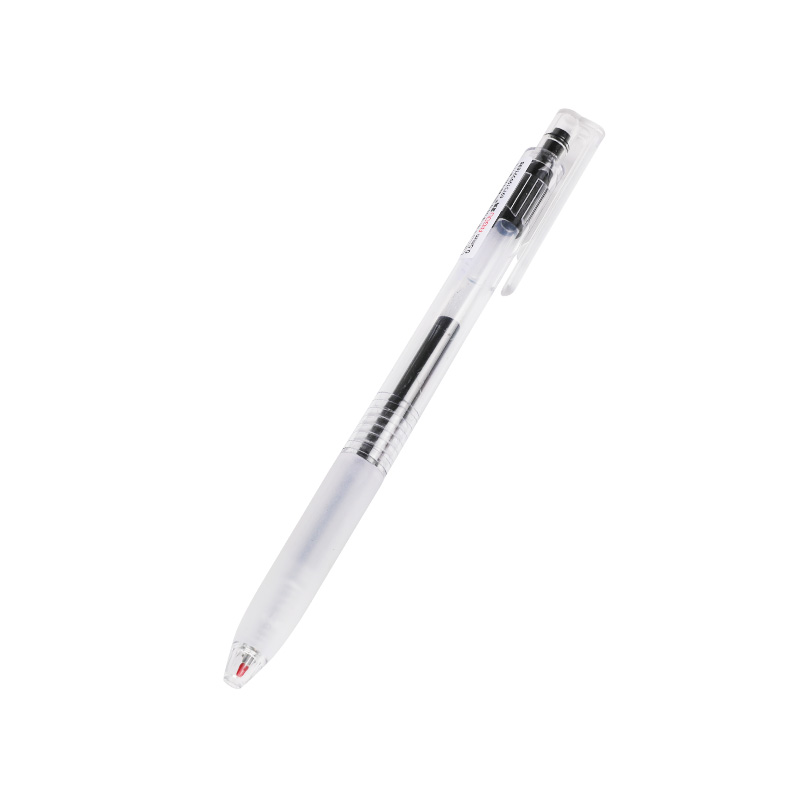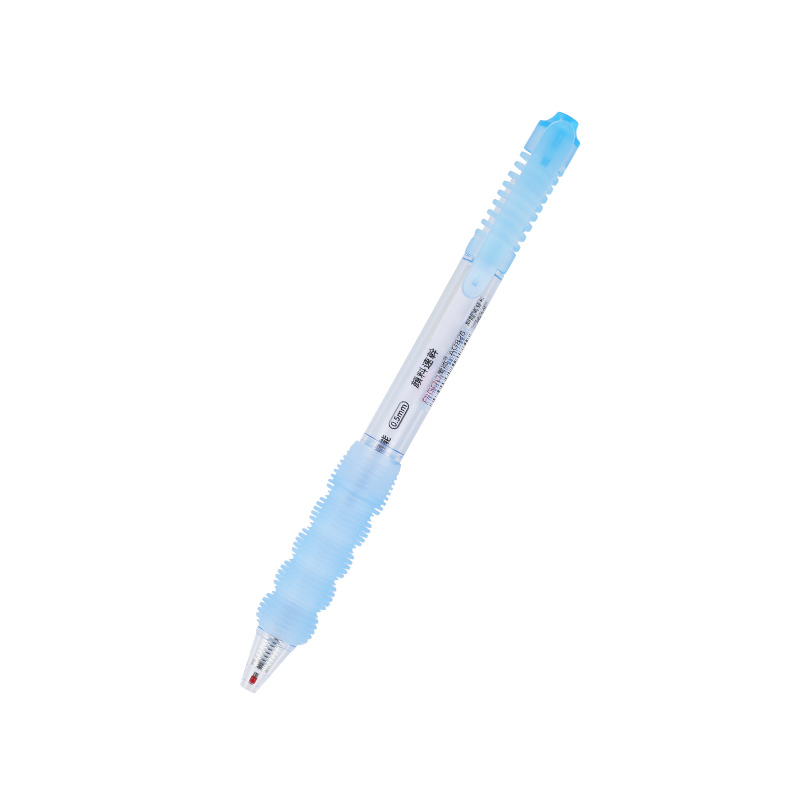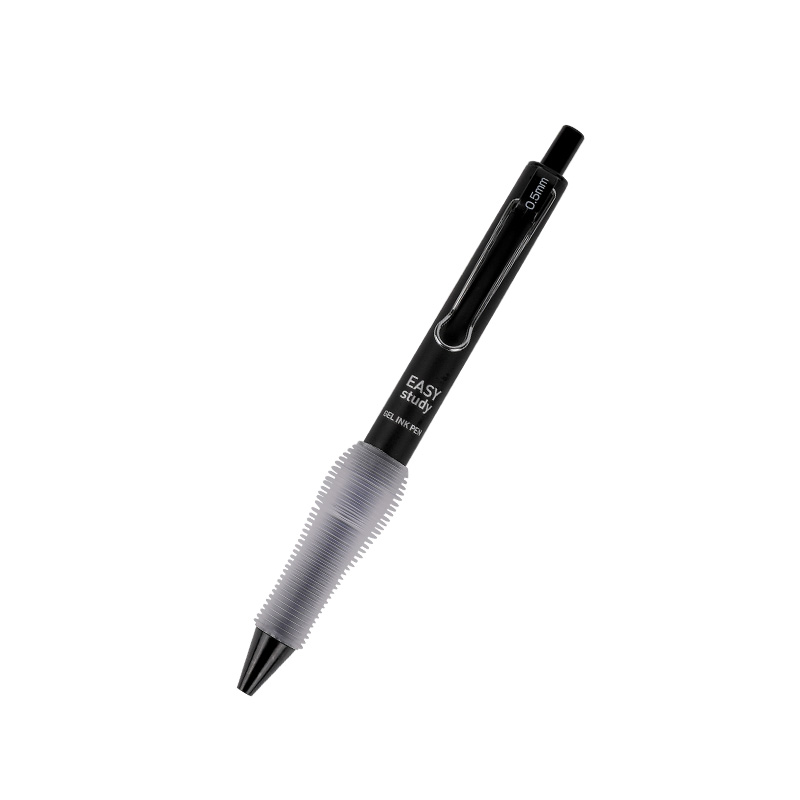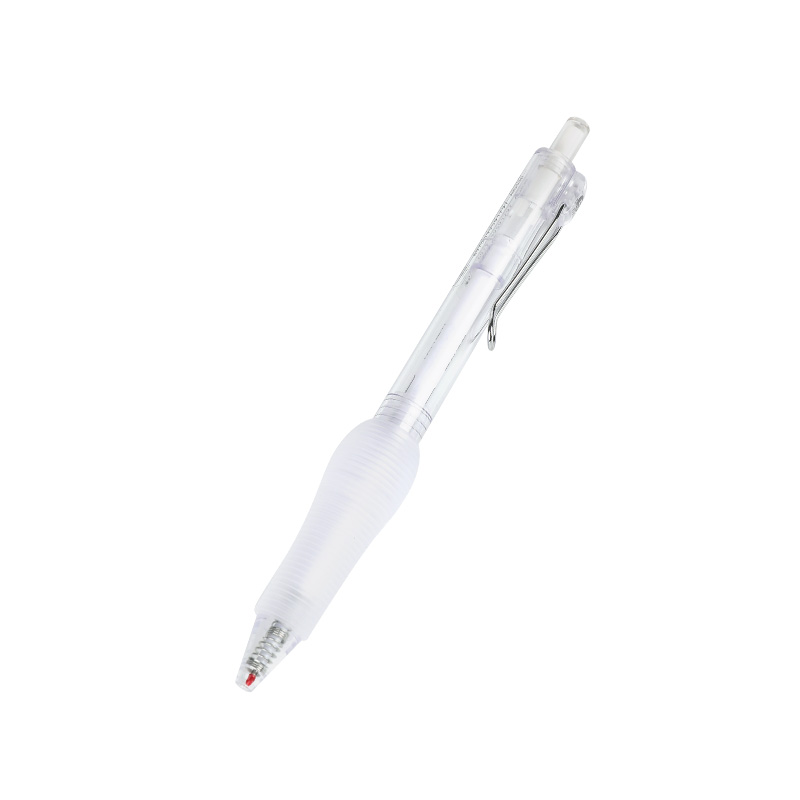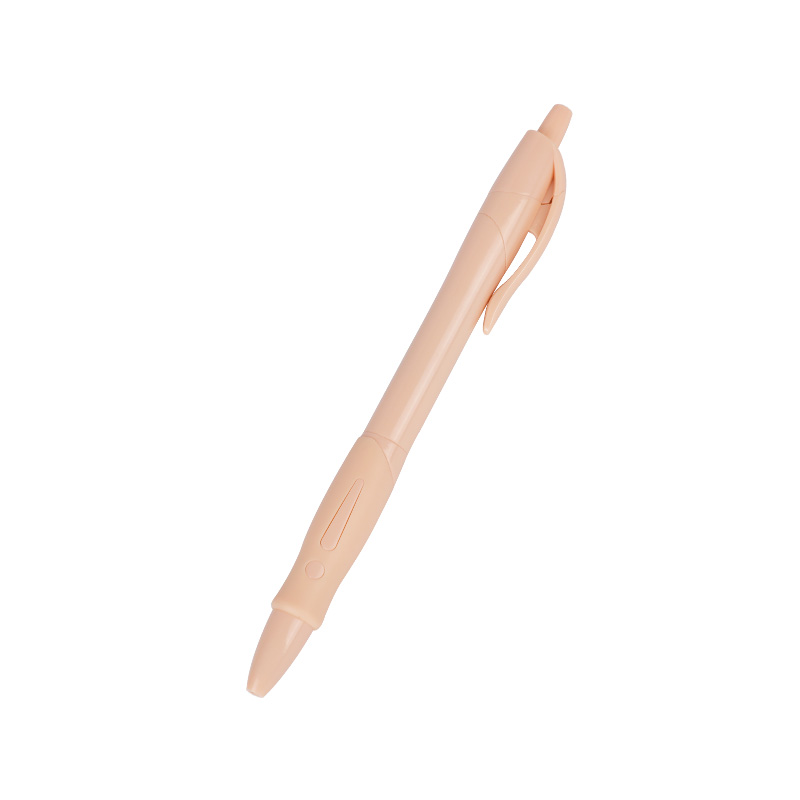Industry Challenges and Competitive Landscape in the Rolling Ball Pen Market
The rolling ball pen industry has been evolving steadily as traditional manufacturers face increasing competition from emerging brands. This competition has brought about shifts in market positioning, product innovation, and pricing strategies. At the same time, fluctuations in raw material costs continue to impact production expenses, creating challenges across all segments of the rolling ball pen market. This article examines these factors and highlights specific examples that illustrate the current state and future outlook of the rolling ball pen industry.
One of the key dynamics shaping the Rolling Ball Pen market is the ongoing competition between established manufacturers and new entrants. Traditional companies, known for their long history and trusted brands, have maintained their presence in the mid- to high-end market segments by emphasizing product quality and reliability. For instance, a renowned European manufacturer has upheld its reputation by focusing on precision engineering and the use of premium ink formulas in its Rolling Ball Pen offerings. Their products are favored by professionals who value durability and smooth writing experiences.
On the other hand, emerging brands have capitalized on changing consumer preferences, especially among younger buyers seeking affordable, stylish, and environmentally friendly writing instruments. A notable example is a startup based in Southeast Asia that gained rapid popularity by producing refillable Rolling Ball Pens using recycled plastics. Their affordable pricing and sustainable approach helped them penetrate markets traditionally dominated by legacy manufacturers. This has encouraged many traditional companies to reevaluate their strategies and introduce eco-friendly versions of their Rolling Ball Pen products.
The divide between the mid-to-low-end and high-end markets in the Rolling Ball Pen sector is significant. The mid-to-low-end segment focuses on cost efficiency, mass production, and accessibility. Here, manufacturers compete primarily on price and volume. For example, a major Chinese manufacturer supplies large quantities of budget-friendly Rolling Ball Pens to educational institutions and corporate offices worldwide. Their ability to scale production while maintaining acceptable quality standards has solidified their leadership in this segment.
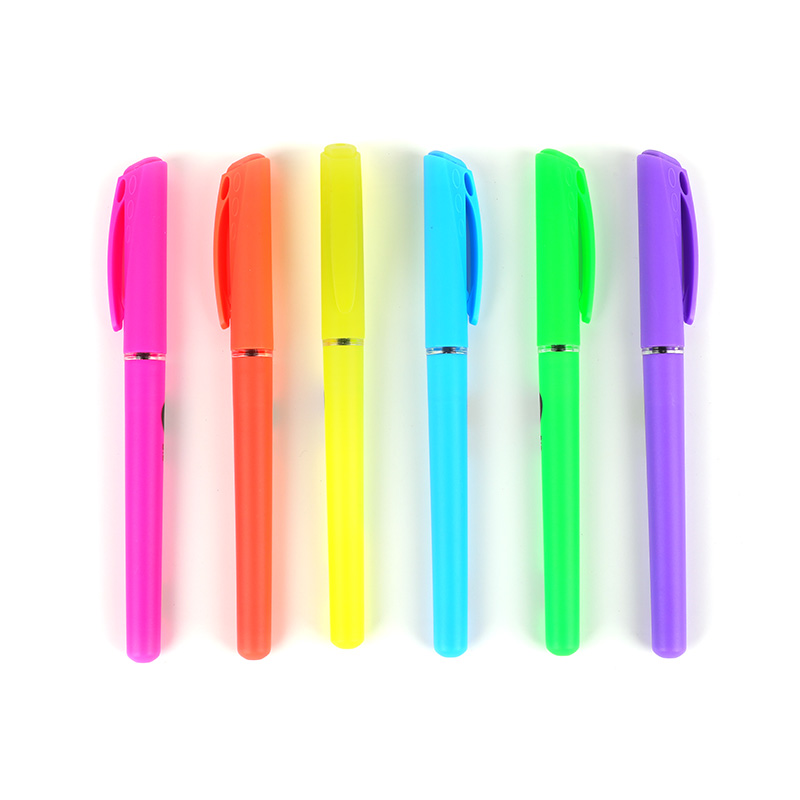
Conversely, the high-end Rolling Ball Pen market prioritizes innovation, luxury materials, and brand prestige. Premium brands frequently collaborate with designers to create limited-edition pens featuring metal alloys, precious resins, or even gold accents. Such products appeal to collectors and professionals who view the Rolling Ball Pen not just as a writing tool but as a status symbol. A Swiss brand’s recent release of a handcrafted Rolling Ball Pen with a patented ink delivery system exemplifies this trend. It commands a price point several times higher than standard pens but attracts a dedicated niche customer base.
Another challenge influencing the Rolling Ball Pen market is the volatility in raw material prices. Materials such as plastics, metals, and specialized inks are subject to fluctuations caused by global supply chain disruptions, trade policies, and commodity market trends. In 2023, several Rolling Ball Pen manufacturers reported increased production costs due to rising polymer prices. A manufacturer in India publicly acknowledged that these cost pressures led to a moderate increase in retail prices for their mid-range Rolling Ball Pen products, affecting demand in price-sensitive markets.
To manage raw material cost volatility, some Rolling Ball Pen producers have diversified their supplier base or invested in research to develop alternative materials. For example, a South Korean company pioneered the use of biodegradable plastics in its Rolling Ball Pen casings, reducing dependence on traditional polymers while appealing to environmentally conscious consumers.
In conclusion, the Rolling Ball Pen industry is navigating a complex environment shaped by competitive pressures and cost challenges. Traditional manufacturers are adapting by embracing innovation and sustainability, while emerging brands continue to disrupt the market with fresh approaches. The distinction between the mid-to-low-end and high-end Rolling Ball Pen markets remains pronounced, with each segment responding to different consumer needs. Meanwhile, raw material price fluctuations remain an ongoing factor that manufacturers must strategically address to maintain profitability and market share.
The ability of rolling ball pen companies to innovate, manage costs, and understand evolving consumer demands will determine their success in this competitive landscape. As the industry moves forward, collaboration and adaptability will be key to thriving in a diverse and changing marketplace.

